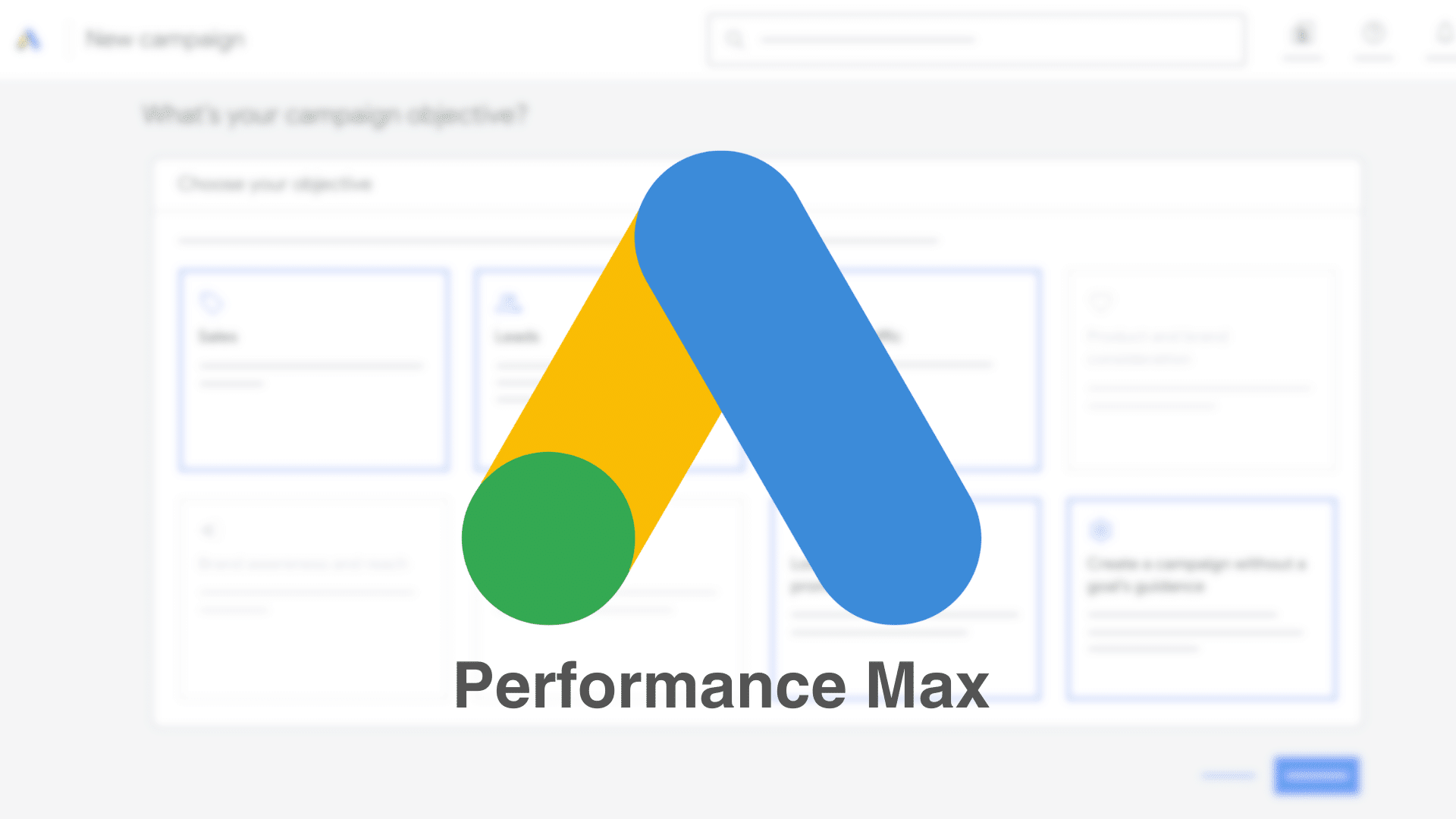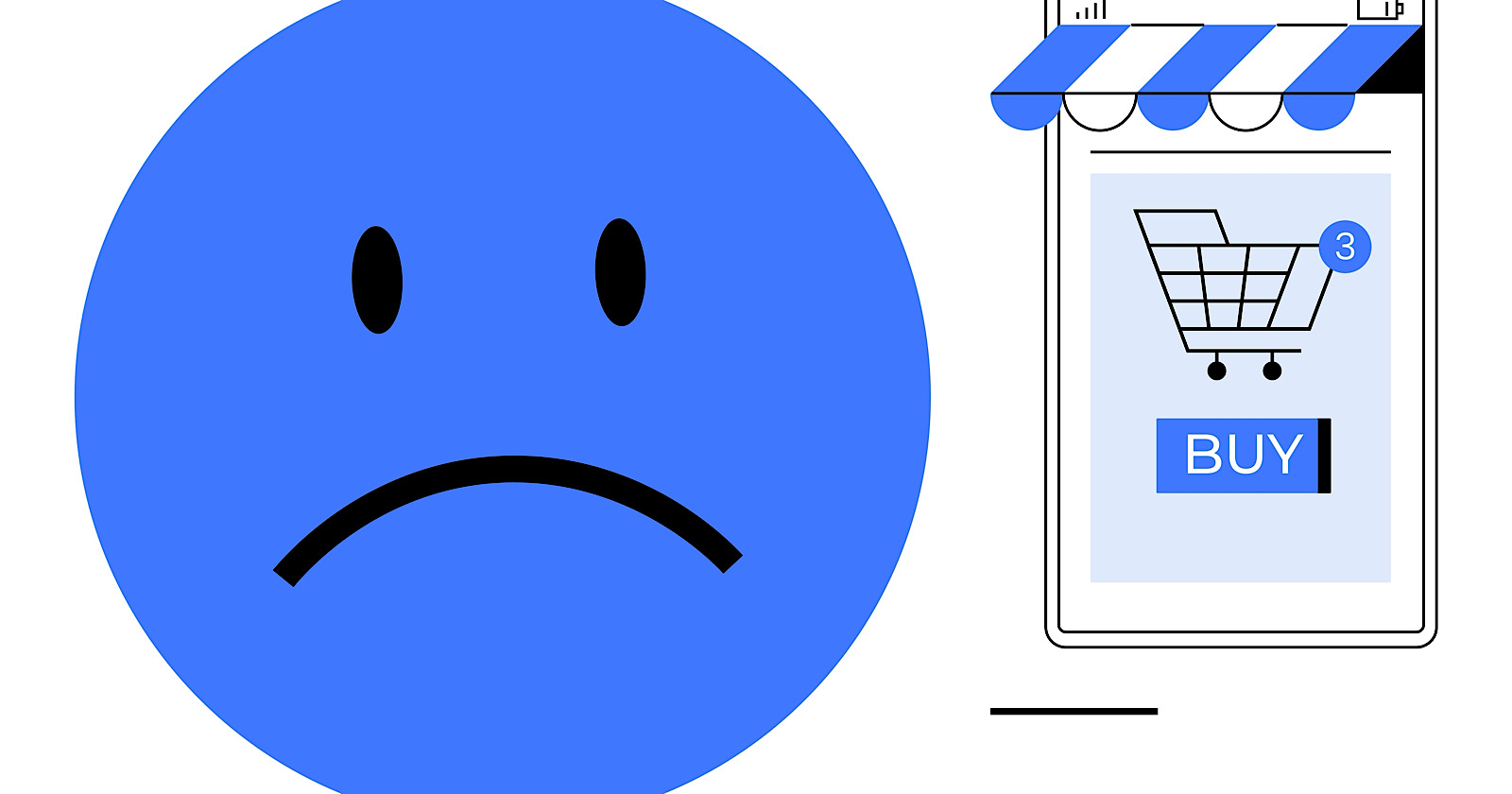Summary:
Performance Max updates in 2025 enhance brand consistency and control for advertisers.
New brand guidelines require business names and logos for cohesive identity.
Advertisers can now use negative keywords directly in PMax campaigns for better targeting.
Demand Gen campaigns will replace Video Action campaigns, focusing on immersive ads.
Full integration with Google Analytics 4 enables comprehensive campaign tracking.
Since its launch in 2021, Performance Max (PMax) has become a pivotal tool for advertisers aiming to streamline performance marketing and scale efficiently. As AI capabilities evolve, so has the demand for transparency and customization in advertising campaigns.
Looking Ahead: Performance Max in 2025
Google is poised to release significant updates to Performance Max in 2025, enhancing features like brand guidelines, negative keywords, and integration with Google Analytics 4 (GA4). These updates aim to empower advertisers with greater control and improved campaign performance.
1. Brand Guidelines
What was announced: New PMax campaigns will require business names and logo assets to ensure brand consistency across all Google ad placements.
How is it different?: Previously, advertisers could launch campaigns without branding assets, leading to generic ads. Now, a cohesive brand identity is essential.
Best practices: Upload high-quality logo assets and refresh brand creatives to align with campaign messaging.
2. Negative Keywords
What was announced: Advertisers can now add negative keywords directly to PMax campaigns, enhancing control over ad placements.
How is it different?: Until now, negative keywords were limited to account-level settings, resulting in less precision.
Best practices: Regularly review search query reports and refine keyword lists to exclude low-performing queries.
3. Demand Gen Campaigns
What was announced: In mid-2025, Video Action campaigns will transition to Demand Gen campaigns, focusing on personalized, visually engaging ads across multiple channels.
How is it different?: Demand Gen integrates placements across YouTube, Discovery, and Gmail, nurturing users from awareness to action.
Best practices: Use Demand Gen for creative storytelling, while utilizing PMax for automated conversions.
4. Google Analytics 4 Integration
What was announced: PMax will fully integrate with GA4, enabling comprehensive tracking of the customer journey.
How is it different?: Previously, reporting was limited to Google Ads metrics.
Best practices: Set up GA4 goals to track user interactions and optimize campaigns based on insights.
5. First-Party Data Strategies
What was announced: With the decline of third-party cookies, advertisers must focus on building first-party data strategies.
How is it different?: Advertisers previously relied on third-party cookies for targeting.
Best practices: Encourage users to share information through incentives and use Customer Match for creating custom audiences.
Thriving in the Era of Performance Max
As PMax evolves, advertisers must leverage first-party data, maintain creative excellence, and employ smarter audience strategies to drive successful campaigns. The 2025 updates signal a significant shift toward greater control for advertisers, making it essential to adapt and optimize for ongoing success in digital advertising.






Comments
Join Our Community
Create an account to share your thoughts, engage with others, and be part of our growing community.